Imagining life lived in harmony with the vast, serene beauty of the ocean is a vision that captivates many. Ocean lifestyle imagery captures the essence of this unique existence, blending the tranquility of coastal environments with the vibrant energy of marine life. From the shimmering hues of the ocean’s surface to the intricate patterns of underwater landscapes, this type of imagery transcends mere visuals, offering a window into a lifestyle that embraces nature’s rhythm. Understanding the key elements of ocean lifestyle imagery involves exploring its aesthetic appeal, the role of color, and the techniques used to bring such scenes to life. Whether through photography, videography, or digital art, ocean imagery has become a powerful tool for storytelling, marketing, and personal reflection. This article delves into the components that make ocean lifestyle imagery stand out, highlighting its evolution and the endless possibilities it holds.
Key Takeaways
– Capturing Calm with Soft Light: Utilize soft, diffused light during golden hours to create serene and vibrant coastal scenes.
– Balanced Compositions: Arrange elements to blend vastness with meaningful subjects, enhancing depth and scale.
– Vibrant Color Palettes: Employ predominant blues and greens, enriched with complementary warm tones for emotional impact.
– Dynamic Movements: Showcase ocean dynamics with waves and currents to evoke feelings of adventure, peace, or power.
– Focal Points Grounding Views: Highlight key elements like the horizon or lone boats to connect viewers personally with the scene.
– Seasonal Moods: Leverage seasonal changes to reveal distinct textures and atmospheres in coastal landscapes.
– Weather and Texture Layers: Integrate weather conditions like rain or fog to add depth and tell compelling stories.
– Storytelling Through Details: Use every element to craft narratives that inspire escape, exploration, or reflection.
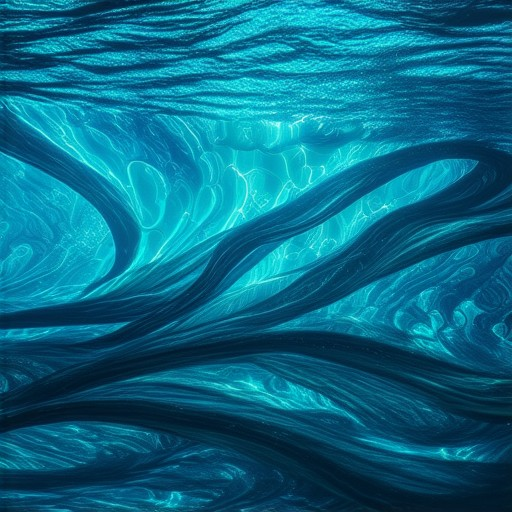
How to Effectively Capture the Essence of an Ocean Lifestyle Through Imagery
To capture the essence of an ocean lifestyle through imagery, consider the following approaches:
- Photography : Use high-quality cameras or drones to capture the beauty of coastal landscapes, sunsets, and marine life. Consider submitting your work to platforms like Sailing Photo Awards to showcase your talent.
- Video Content : Create short films or time-lapse videos that highlight the dynamic nature of the ocean. Platforms like YouTube or Vimeo can host your creations, allowing others to experience the ocean’s power and tranquility.
- Art and Design : Incorporate vibrant colors and abstract designs inspired by the ocean. Many digital artists and surf brands create compelling visual narratives that reflect the ocean lifestyle.
- Infographics : Develop infographics that educate and inspire. These visuals can explain ocean ecosystems, sustainable practices, or the science behind waves.
- Composition Techniques : Frame your shots to emphasize the vastness and serenity of the ocean. Look for compositions that include horizon lines, seagulls, lighthouses, or sailboats.
- Textures and Colors : Pay attention to the contrast between land and sea. Use blues and greens to evoke a sense of calm and exploration.
- Lighting : Capture dramatic lighting effects, such as golden hours or low-angle shots, to enhance the mood of your imagery.
- Storytelling : Combine elements like people interacting with nature, cultural symbols, or historical references to create engaging and meaningful visuals.
By experimenting with these techniques, you can create imagery that truly captures the essence of an ocean lifestyle.
How to Effectively Capture the Essence of an Ocean Lifestyle Through Imagery
To capture the essence of an ocean lifestyle through imagery, consider the following approaches:
- Photography : Use high-quality cameras or drones to capture the beauty of coastal landscapes, sunsets, and marine life. Consider submitting your work to platforms like Sailing Photo Awards to showcase your talent.
- Video Content : Create short films or time-lapse videos that highlight the dynamic nature of the ocean. Platforms like YouTube or Vimeo can host your creations, allowing others to experience the ocean’s power and tranquility.
- Art and Design : Incorporate vibrant colors and abstract designs inspired by the ocean. Many digital artists and surf brands create compelling visual narratives that reflect the ocean lifestyle.
- Infographics : Develop infographics that educate and inspire. These visuals can explain ocean ecosystems, sustainable practices, or the science behind waves.
- Composition Techniques : Frame your shots to emphasize the vastness and serenity of the ocean. Look for compositions that include horizon lines, seagulls, lighthouses, or sailboats.
- Textures and Colors : Pay attention to the contrast between land and sea. Use blues and greens to evoke a sense of calm and exploration.
- Lighting : Capture dramatic lighting effects, such as golden hours or low-angle shots, to enhance the mood of your imagery.
- Storytelling : Combine elements like people interacting with nature, cultural symbols, or historical references to create engaging and meaningful visuals.
By experimenting with these techniques, you can create imagery that truly captures the essence of an ocean lifestyle.
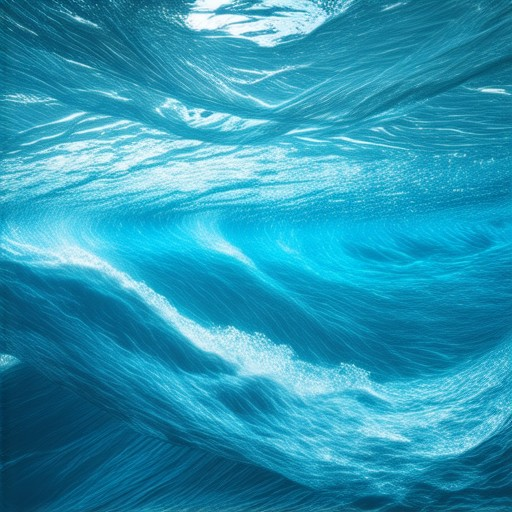
What Does an Ocean Lifestyle Entail in Terms of Imagery?
An ocean lifestyle encompasses a variety of visual elements that capture the essence of coastal environments, marine life, and the allure of the open sea. Here’s a breakdown of the key aspects:
1. Beachscapes
Beach imagery often features vast stretches of sandy shorelines, crystal-clear waters, and dramatic sunsets. These scenes are iconic, showcasing the natural beauty of coastal regions. Sailing Photo Awards highlights the artistry of capturing these moments through photography.
2. Coastal Towns
Coastal towns offer unique architectural styles, charming streets, and vibrant local cultures. Photography often focuses on quaint harbors, colorful buildings, and the interplay of light and shadow during golden hours.
3. Marine Life
Imagery of marine life includes a variety of underwater creatures, from playful dolphins to intricate coral reefs. These shots often highlight the diversity and beauty of ocean ecosystems.
4. Water Activities
Whether it’s sailing, surfing, or kayaking, imagery of people engaging in water activities adds dynamic movement and life to coastal scenes. These moments capture the adventurous spirit of an ocean lifestyle.
5. Relaxation Spots
Sunset views from lighthouses, serene coves, and peaceful beachside cabanas are common in ocean lifestyle imagery. These settings evoke a sense of tranquility and escape.
6. Unique Landforms
Rock formations, tidal pools, and dramatic cliffs add geological interest to coastal imagery. These elements create visually striking compositions that draw viewers in.
To explore more, visit National Geographic for inspiring ocean photography and learn about the techniques used by award-winning photographers on Wikipedia .
By capturing these elements, photographers create imagery that not only reflects the beauty of the ocean but also tells stories of adventure, relaxation, and connection to nature.
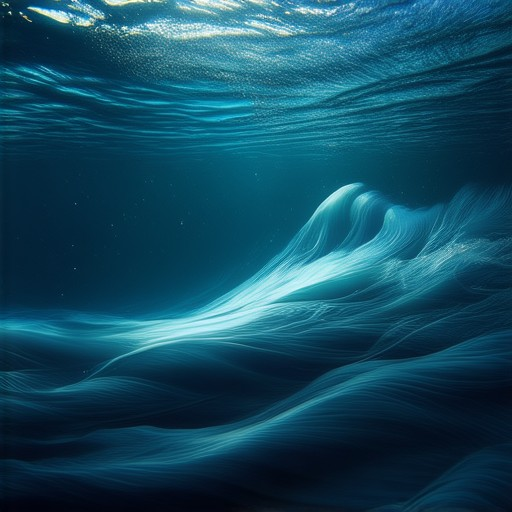
Key Elements of Ocean Lifestyle Imagery
The essence of ocean lifestyle imagery lies in its ability to capture the beauty, serenity, and dynamic nature of coastal environments. Here are the primary components that define this unique visual style:
- Lighting : Ocean imagery often relies on soft, diffused light during golden hours to create a calming atmosphere. Sunrise and sunset lights enhance the warmth and vibrancy of coastal scenes.
- Composition : Effective compositions balance the vastness of the ocean with meaningful subject matter. Horizon lines, leading lines, and framing techniques guide the viewer’s eye while emphasizing scale and depth.
- Color Palette : The predominant colors are blues and greens, though complementary hues like warm oranges and reds during sunsets, or cool grays and whites during overcast days, add visual interest and emotionality.
- Movement : The interplay of waves, currents, and reflections creates a sense of motion and vitality. This movement can evoke feelings of adventure, peace, or power depending on the scene’s context.
- Focal Points : Whether it’s the distant horizon or a lone boat, focal points ground the image, helping viewers connect with the scene on a personal level.
- Seasonal Variations : Coastal landscapes change dramatically with seasons. Winter storms vs. summer calm, for example, offer distinct moods and textures that define ocean imagery.
- Weather and Atmosphere : Conditions like rain, fog, or wind significantly shape the atmosphere. These elements add layers of texture and depth, transforming a simple seascape into a story.
- Storytelling Through Elements : Every element in an ocean image contributes to a larger narrative. Whether it’s capturing a moment in nature or evoking a sense of escape and exploration, the details speak volumes.
Ocean lifestyle imagery thrives on the interplay of these elements, creating visually stunning and emotionally resonant works that inspire wonder and connection to the natural world.
Key Elements of Ocean Lifestyle Imagery
The essence of ocean lifestyle imagery lies in its ability to capture the beauty, serenity, and dynamic nature of coastal environments. Here are the primary components that define this unique visual style:
- Lighting : Ocean imagery often relies on soft, diffused light during golden hours to create a calming atmosphere. Sunrise and sunset lights enhance the warmth and vibrancy of coastal scenes.
- Composition : Effective compositions balance the vastness of the ocean with meaningful subject matter. Horizon lines, leading lines, and framing techniques guide the viewer’s eye while emphasizing scale and depth.
- Color Palette : The predominant colors are blues and greens, though complementary hues like warm oranges and reds during sunsets, or cool grays and whites during overcast days, add visual interest and emotionality.
- Movement : The interplay of waves, currents, and reflections creates a sense of motion and vitality. This movement can evoke feelings of adventure, peace, or power depending on the scene’s context.
- Focal Points : Whether it’s the distant horizon or a lone boat, focal points ground the image, helping viewers connect with the scene on a personal level.
- Seasonal Variations : Coastal landscapes change dramatically with seasons. Winter storms vs. summer calm, for example, offer distinct moods and textures that define ocean imagery.
- Weather and Atmosphere : Conditions like rain, fog, or wind significantly shape the atmosphere. These elements add layers of texture and depth, transforming a simple seascape into a story.
- Storytelling Through Elements : Every element in an ocean image contributes to a larger narrative. Whether it’s capturing a moment in nature or evoking a sense of escape and exploration, the details speak volumes.
Ocean lifestyle imagery thrives on the interplay of these elements, creating visually stunning and emotionally resonant works that inspire wonder and connection to the natural world.
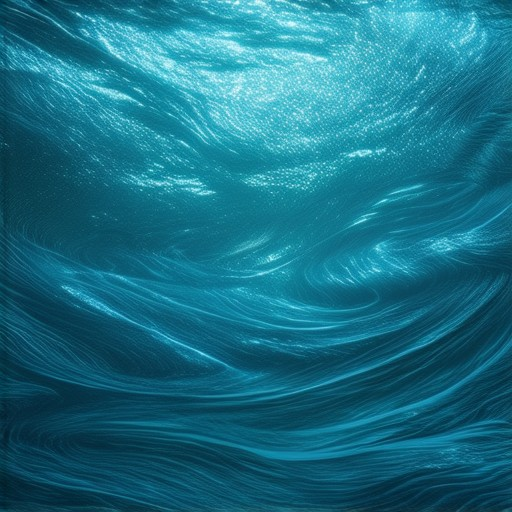
What Are the Key Elements Needed to Create Effective Ocean Lifestyle Imagery?
To craft impactful ocean lifestyle imagery, consider the following essential elements:
- Composition: Arrange elements thoughtfully, focusing on foreground, midground, and background. Incorporate dynamic shapes like a sailboat, rolling waves, or a setting sun to capture movement and depth.
- Color Palette: Utilize vibrant blues, greens, and warm tones to evoke emotions. Balance cool and warm colors to create visual interest and mood.
- Subject Focus: Choose between macro (close-up) or wide-angle shots based on the desired impact. Macro highlights details, while wide-angle captures grandeur.
- Lighting: Seek out dynamic lighting for dramatic effects. Use golden hours for warm, directional light that enhances textures and creates depth.
- Perspective: Experiment with angles—low-angle shots emphasize scale, while high-angle views reveal vastness. Consider aerial shots or underwater perspectives for unique viewpoints.
By masterfully combining these elements, you can create imagery that resonates emotionally and stands out. Explore these techniques on Sailing Photo Awards to see inspiring examples and learn from fellow photographers.
Discover more tips to enhance your ocean imagery and connect with a community passionate about nautical photography.
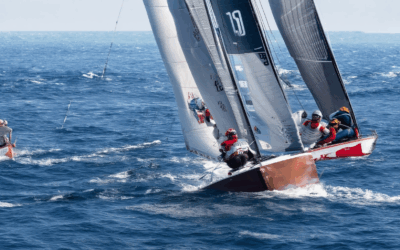
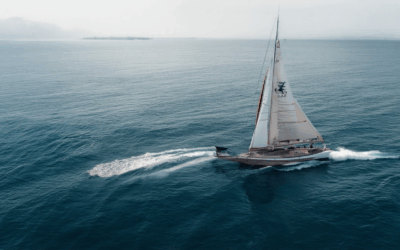
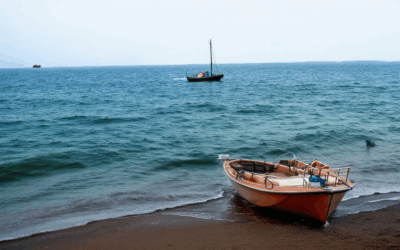
0 Comments